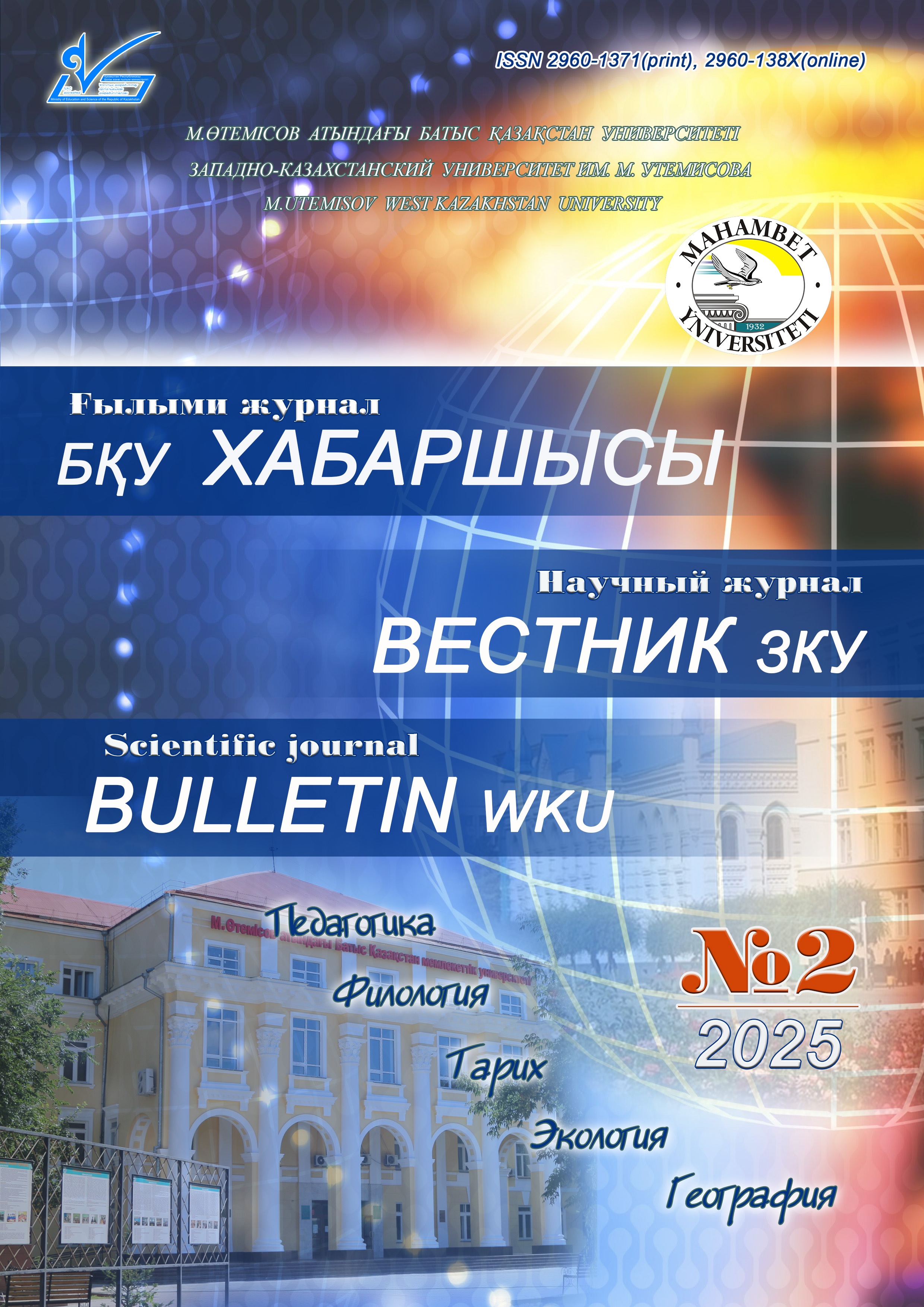REDUCING THE ANTHROPOGENIC ENVIRONMENTAL IMPACT OF EDIBLE OIL WASTE MIXTURES THROUGH STUDYING RHEOLOGICAL PROPERTIES
Abstract
Depending on the method of preparation and storage conditions, waste vegetable oil residues may contain free fatty acids, moisture, mineral substances, partially acylglycerides, as well as hydrocarbons, aldehydes, ketones, peroxides, oligomers containing phosphorus, sulfur and nitrogen, etc. In addition, although the bulk of the edible oils used (up to 95%) are purified triacylglycerides, the impurities they contain not only make waste oils unsuitable for food or feed purposes, but also turn them into problematic raw materials for further processing. For these reasons, the development of a method for recycling waste cooking oil that does not require preliminary treatment before further processing is relevant. The article presents the results of studies on the use of waste edible oil as a secondary raw material in the production of household chemicals and sanitary and hygienic detergents. A model of viscosity of sodium soap solutions, which are non-Newtonian fluids with pseudoplatelet properties, regardless of soap concentration in the temperature range of 60-90°C, has been developed. Model studies are based on consideration of the phase composition and structure of soap, which is determined by the geometric shape and size of micelles, the arrangement of molecules in micelles and the arrangement of these forms in crystal lattices of hexagonal and lamellar structure. Empirical formulas have been developed to describe viscosity. The correctness of the formulas has been verified by comparing calculated and experimental data: the average error is about 10%. The results of the presented studies are applicable to improving the process of producing sanitary and hygienic soap using waste cooking oil as a secondary raw material



